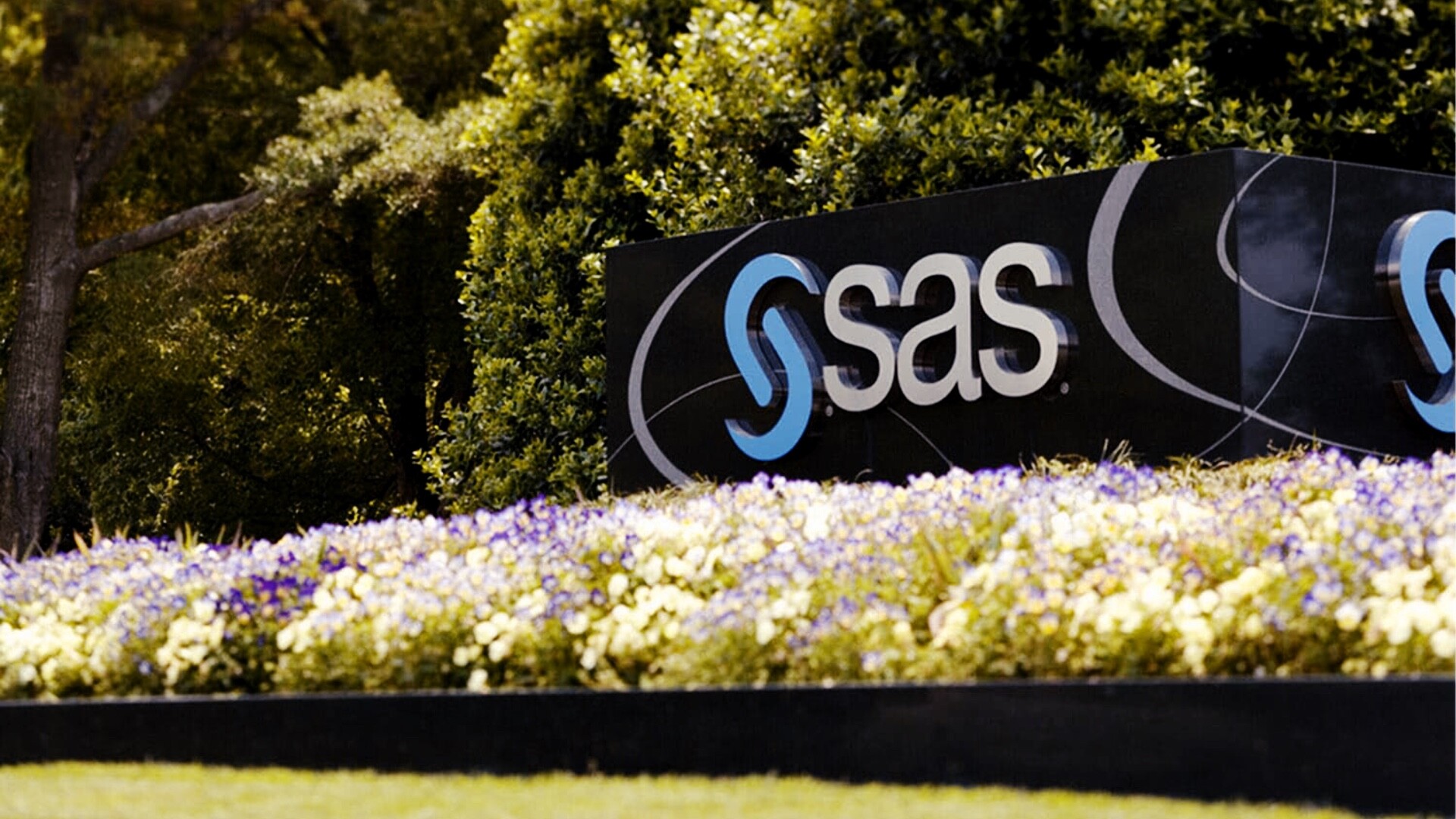Low-Code/No-Code(LCNC) has evolved from a niche trend into a driving force of digital transformation. Market forecasts are clear: the global LCNC platform market, valued at just over $10 billion in 2019, is expected to explode to a value of up to $187 billion by 2030.
This leap is being driven by a growing demand for business agility, a chronic shortage of IT talent and the democratisation of technology. LCNC platforms, using visual drag-and-drop interfaces and pre-built components, allow applications to be developed up to 90% faster than traditional methods.
However, adoption of this revolutionary technology has not been uniform. Specific sectors, driven by market pressures and optimisation opportunities unique to them, are emerging as clear leaders.
The surge in popularity of LCNCs is a response to several key challenges in modern business. Firstly, the digital transformation imperative is colliding with a talent shortage. Demand for new applications is growing at a rate five times faster than IT departments can deliver them, with 82% of companies reporting difficulty in sourcing developers.
LCNC is becoming a key tool to reduce the burden on IT departments and eliminate the growing backlog of projects.
Secondly, there is a democratisation of technology. LCNC platforms, especially the no-code ones, are putting tools into the hands of non-technical business users, transforming them into so-called ‘citizen developers’.
This phenomenon is gaining massive scale – Gartner predicts that by 2026, up to 80% of LCNC tool users will come from outside formal IT structures. Already, nearly 60% of all custom applications are created outside of IT departments, fundamentally redefining the software development landscape.
While LCNC is applicable across the economy, some industries are adopting these solutions more quickly and successfully, driven by specific needs.
The financial sector operates under the constant pressure of complex regulation and dynamic competition from agile FinTech start-ups.
Key motivators for LCNC adoption here are risk management, compliance and dramatically reduced time-to-market for new products.
Financial institutions are using LCNC to rapidly create and modify applications to support processes such as Know Your Customer (KYC) and anti-money laundering (AML). They are also building integrated systems to manage the customer lifecycle, from digital onboarding to personalised portals with new services.
The effects are measurable: banks report a significant increase in engagement after implementing mobile apps built in low-code in just six weeks, and in insurance, automation of policy pricing is a key benefit for 60% of LCNC users.
In the manufacturing sector, the goal is the ‘smart factory’. LCNC is becoming a key tool to maximise operational efficiency, modernise ageing systems (legacy systems) and increase supply chain transparency.
Companies are developing real-time machine monitoring applications to optimise production and respond quickly to breakdowns. In one documented case, the implementation of such a system increased productivity by 20%.
Instead of costly replacement of old MES or ERP systems, manufacturers are using LCNC to build modern applications that integrate with existing infrastructure, extending its functionality.
Logistics is an industry defined by complex processes, where efficiency and accuracy determine profitability. LCNC is used here to automate manual tasks, reduce operational costs and improve coordination in the supply chain.
Typical applications include warehouse inventory management applications, real-time tracking systems and self-service portals for customers and partners. Digitisation of documentation, such as waybills, eliminates paper-based processes and reduces errors.
One logistics company that implemented LCNC’s delivery monitoring tools reported a 30% reduction in customer waiting times.
HR departments are reaching out to LCNC to improve the employee experience (employee experience) and automate repetitive administrative tasks, freeing up time for strategic talent management.
The most common application is the automation of the onboarding process – from setting up accounts in systems, to IT notification, to the assignment of deployment tasks. Other examples include self-service portals for leave management or chatbots answering employees’ most common questions.
The benefits are measurable: companies using automation in HR report a 36% reduction in problems in the onboarding process and an 18% increase in new employee productivity.
The evolution of LCNC is entering a new phase, defined by deep integration with artificial intelligence (AI). Leading platforms are embedding intelligent assistants (so-called copilots) into their environments to support developers, and generative AI allows application components to be created using natural language commands.
As many as 85% of businesses say that the combination of AI and low-code allows them to innovate faster.
The technology is also becoming the foundation for the concept of the ‘composable enterprise’ – an organisation built from interchangeable, modular application components that can be quickly reconfigured in response to market changes.
The Low-Code/No-Code revolution is no longer just a promise – it is a reality that is changing the rules of the game in key economic sectors.
Adoption leaders are the industries with the biggest challenges: finance seeking agility in a regulatory world, manufacturing seeking maximum operational efficiency, logistics struggling for transparency and HR focused on automation and employee experience.
The common denominator for success is treating LCNC not as a tool, but as a strategic organisational change. It is a shift from a centralised IT model to a decentralised culture of innovation, where technology becomes accessible to everyone.
Combined with the growing power of artificial intelligence, LCNC is becoming not only a way to develop applications faster, but an engine for continuous improvement across the organisation.












